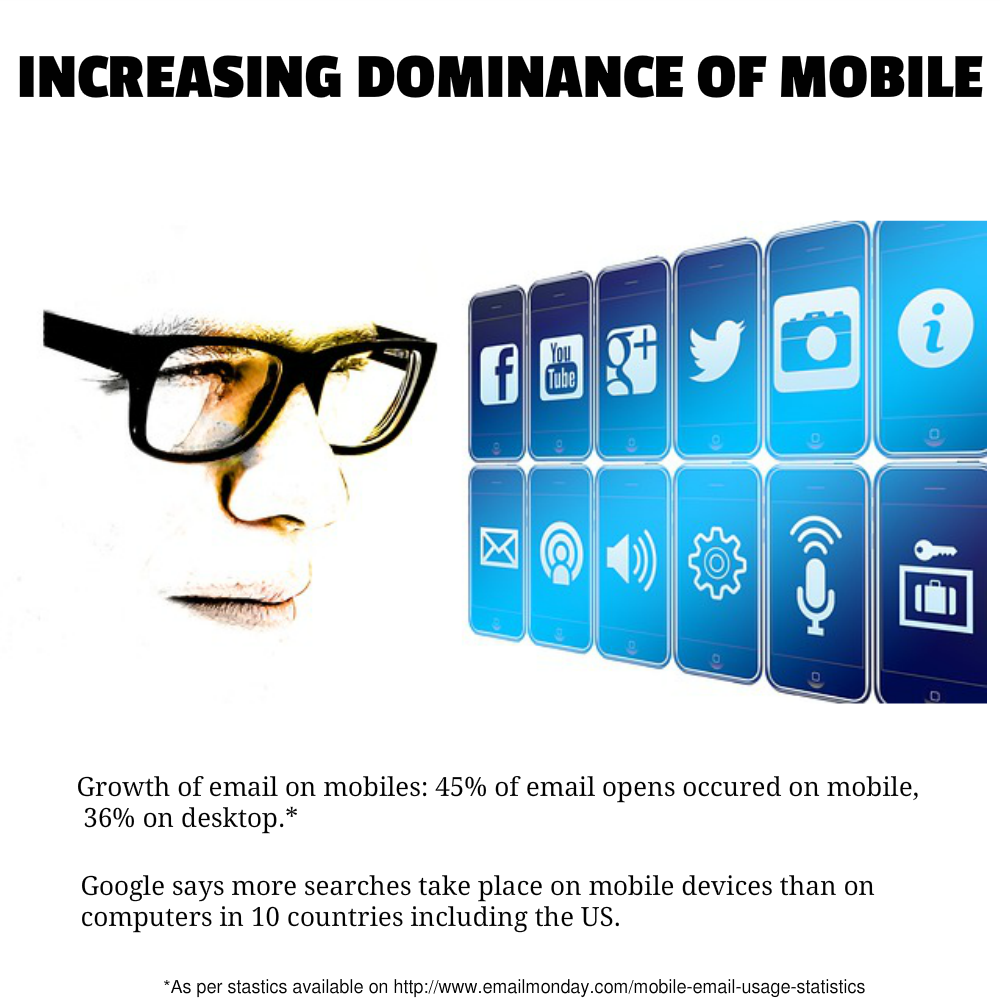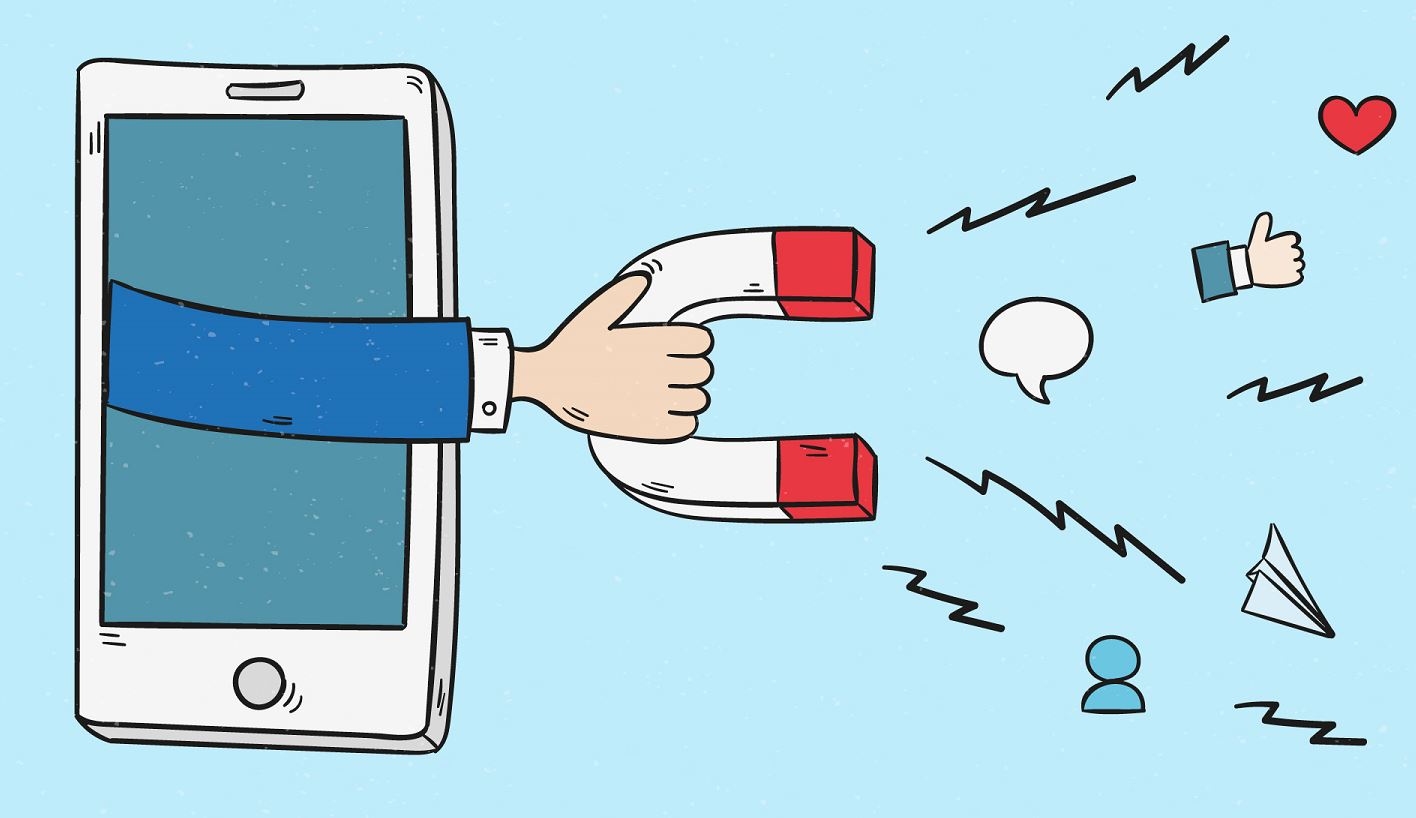Marketers: Shed Desktop Mindset, Mobile is The Tool of Customer Acquisition
In 2017, approx. 197 billion mobile apps were downloaded from app stores. This type of app store competition, integrated with faster technology development in the industry, makes new customer acquisition more complicated for app advertisers.
Earlier this week, PayPal’s Director of Mobile Commerce Rob Harper told the audience at a retail conference that choosing not to put mobile strategy as a top priority was exercising the choice to ‘ignore’ customer needs. Rob had hit the nail on its head.
Explaining the dichotomy that a modern-day retailer faced while speaking at the Retail Business Technology Expo, Rob claimed that despite high mobile traffic, many retailers were amazingly still struggling to convert leads into purchasing customers.
Rob’s advice that “if an enterprise’s number one strategy wasn’t mobile, it must be prepared to ignore customers” comes at a time when the world over, everyone, from B2C and even B2B businesses, serious about selling online, is still trying to understand how to use smartphones (or mobile computing devices) for lead generation, when by now, they should have been selling to those leads.
Mobile has revolutionized the way we shop, yet despite its rapid proliferation, enterprises continue to operate in a desktop mindset so far as lead generation was concerned.
In 2014, a little less than one-fourth of the people in the world were using smartphones. By 2017, that figure was expected to jump to one-third, according to eMarketer. By the end of 2015, for example, at least 75% of the USA’s population owned a phone, most of it smart ones, while their counterparts in the United Kingdom were found to be checking their devices about 150 times a day. That’s the kind of influence mobiles have started wielding on our day-to-day lives.
Millennials (those born after 1980) were expected to constitute 76% of the global workforce by 2025. Not to talk of Gen Z (those born post-1995) who number about 30 million in the world. These “digitally native” generations are becoming “digital converts”, much of
its thanks to mobile computing devices.

And if the message’s still not got through to you, here are some more stats from a recent Forrester report:
- Three-quarters of US smartphone owners spend 2 hours a day on their phones
- For Millennials, that number goes up to 2 1/2 hours of mobile screen time a day
- US smartphone owners today use 26 apps every month
- US smartphone owners visit over 50 mobile sites every month
Clearly, the above statistics show that mobiles websites and smartphone apps offer businesses a “direct way” of engaging with potential customers. Not only that, these devices because of their pocket size, ease of use, and near-global connectivity have become touchpoints throughout a customer cycle – from finding out about your product or service to buying them to using them and thus engaging with your brand.
B2B business marketing and sales teams, constantly on the lookout for newer ways of lead generation, can no longer let the potential mobiles offer to go untapped. As an enterprise, your business needs to start paying heed to the influence mobiles had started having on lead generation.
“All in all, the use of mobile lead generation has really changed the face of marketing and in lead generation campaigns,” says Belinda Summers, a business development consultant for Callbox, in a blog post for the National Association of Sales Professionals.
Here’s a heads-up for marketers:
- Include mobile in your marketing channels. (In fact, make it the centerpiece.) You will be surprised to learn how many don’t even today.
- Measure engagement to know how many of your potential customers are using mobile devices to look at your messages. Apply the standard measurement indices for your mobile app – ‘opens’, ‘installs’, and ‘session duration’.
- Geo-fencing technology is “a gift from tech heaven” for marketers vis-à-vis mobiles. It’s the practice of using GPS or radio frequency identification to define a geographic boundary. Using it, a marketer can set up triggers then send a text message or app notification to the lead or customer whenever a mobile device enters or exists this “virtual barrier”.
- Deliver a personalized mobile experience by sending timely, location-relevant messages to your customers using geofencing technology. This can even be used from your potential customer is browsing the aisles in a store.
- Segmentize your mobile leads/customers and even your mobile campaigns by measures like device type, data connectivity, and operating system used. Segmentation allows marketers to unlock insights about subsets of users and their behavior.
Some surveys have shown that as much as one-fourth of online searches take place on mobile devices. Ask Google. It recently launched Accelerated Mobile Pages (AMP), dedicated to mobile-centric search. Google’s VP of Americas Marketing, Lisa Gevelber, in a blog post on ‘How To Build Your Mobile Search Strategy’ has said how it was important for businesses to layout a “mobile-centric search strategy” designed to capture customers when they were conducting a specific type of mobile-centric search. The latter are those search words inputted over 75% of the time on a mobile device.
Lisa rounded off her post by saying: ….mobile can’t just be a shrunken version of existing online ads and desktop content. It really calls for us to think bigger about consumers’ context and intent so that we can cater to mobile-specific situations.
The key is to provide enough value in your mobile site or app that you attract interest from potential customers and tempt them to call or email you or fill that lead generation form. Marketers can use analytics for mobile apps to measure the full value of your app – from discovery to download to conversions. They can track user engagement and goal conversions, and the results can be used to tailor the app to build a solid app strategy. In short, analytics for mobile apps provides a single-window view of your customer.
Concerns
Watch out. There are issues with leads generated over mobiles. An industry thumb rule is – mobiles give high volume but low-quality leads. The problem of spam is centric to this issue. Then, of course, you have to deal with other issues like fat fingers (accidental clicking on links), writing mobile-friendly content, and making device-friendly forms.
An Engine That Drives Customer Intelligence
Oyster is not just a customer data platform (CDP). It is the world’s first customer insights platform (CIP). Why? At its core is your customer. Oyster is a “data unifying software.”
Liked This Article?
Gain more insights, case studies, information on our product, customer data platform


No comments yet.